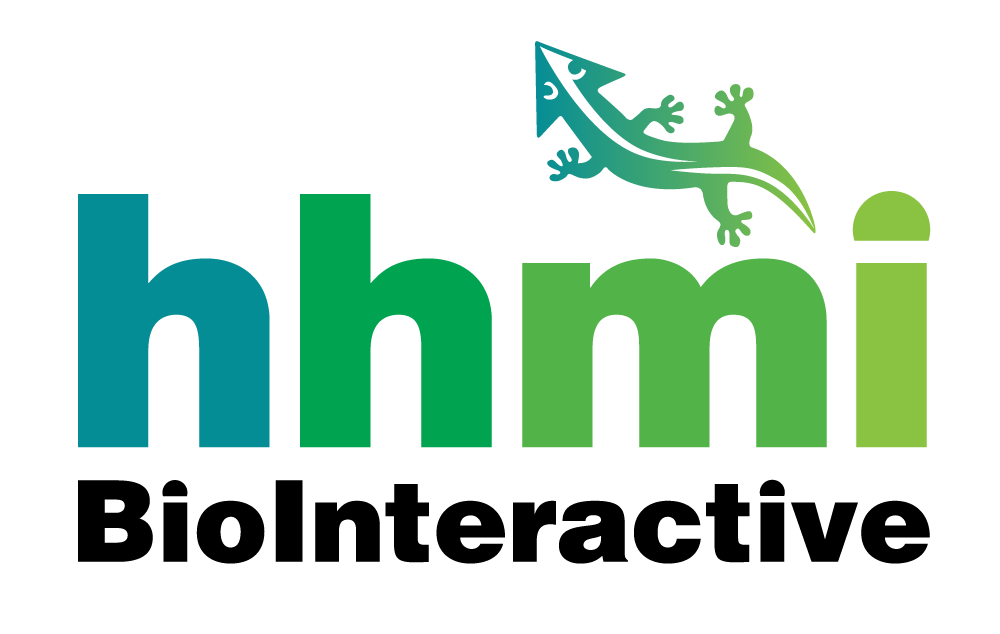1458 total view(s), 1265 download(s)
Bioimage_Informatics_1.docx(DOCX | 905 KB)
Bioimage_Informatics_1.pdf(PDF | 443 KB)
Bioimage_Informatics_1_ASCB_2016.pptx(PPTX | 3 MB)
Bioimage_Informatics_2.docx(DOCX | 395 KB)
Bioimage_Informatics_2.pdf(PDF | 408 KB)
Bioimage_Informatics_2_ASCB_2016.pptx(PPTX | 4 MB)
- Cancer Discovery Activities | HHMI BioInteractive
- Dropbox - Cell Images from Broad
- License terms
Description
In this two-part module, students use basic bioimage informatics techniques to acquire quantitative data from images of cultured cells, and then use these data to test a hypothesis about the effect of a genetic mutation on cellular phenotypes. Together, the two activities are designed to model an authentic research project that uses modern bioimage informatics techniques.
In the first part of the module, students analyze fluorescence emission images of cultured cells to determine the appearance, characteristics, and dimensions of some cellular features, and then create a composite, color image. In the second part of the module, students use image analysis to count and measure the nuclei of control cells and cells with a mutation in a proto-oncogene, and then use a t-test to test for statistical significance. The module is intended for students in a college-level general biology course, but is also suitable for a cell biology course.
Each part takes about two hours and is intended to be performed in a computer lab (or any classroom or laboratory in which students have access to computers), but it may be feasible for students to perform the exercise at home using a personal computer. The required software is freely and publicly available, and can be installed and run on a computer running Windows, Mac OS, or Linux.Students may work individually or in pairs.
The learning objectives for part 1 of the module are:
- Explain the role of fluorescent dyes in studying the phenotypes of cells.
- Describe the overall appearance of a representative mammalian cell line in culture.
- Identify some characteristics of eukaryotic cells that are overly simplified in typical textbook diagrams.
- Define the typical dimensions of cells, nuclei and mitochondria.
The learning objectives of part 2 of the module are:
- Explain why cancer can result from genetic mutations.
- Provide an example of a cell-screening assay.
- Describe how bioimage informatics can be used to screen cells for specific phenotypes.
After completing the modules, students will have had experience with the following research skills:
- Using the image analysis software ImageJ to measure cellular features and create composite images.
- Using ImageJ or CellProfiler applications to process images of cultured cells and determine the mean number and size of nuclei.
- Using a spreadsheet application to summarize data and perform a t-test.
Files provided in this module are:
- MS Word (editable) and PDF versions of the exercises
- Powerpoint presentations on the activities (from 2016 ASCB conference) providing an overview and showing representative images and results.
- Excel file with typical measurements and analysis results
Cite this work
Researchers should cite this work as follows:
- Julian, D. (2018). Bioimage Informatics Activity. HHMI BioInteractive FMN (2016), QUBES Educational Resources. doi:10.25334/Q49M6M
